Md. Ariful Islam
A Unified Framework for Evaluating the Effectiveness and Enhancing the Transparency of Explainable AI Methods in Real-World Applications
Dec 05, 2024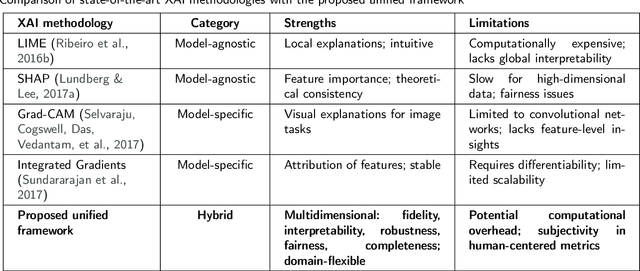
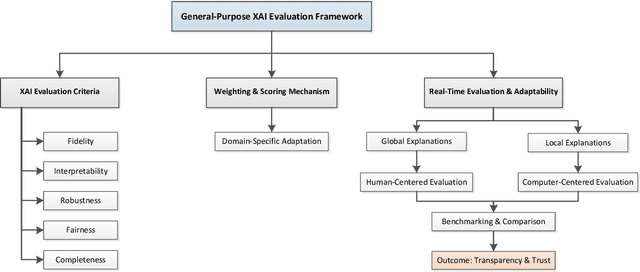
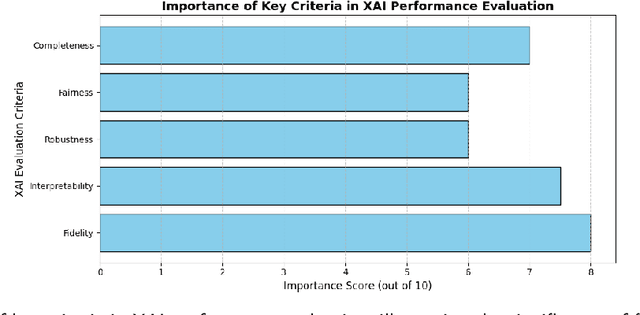
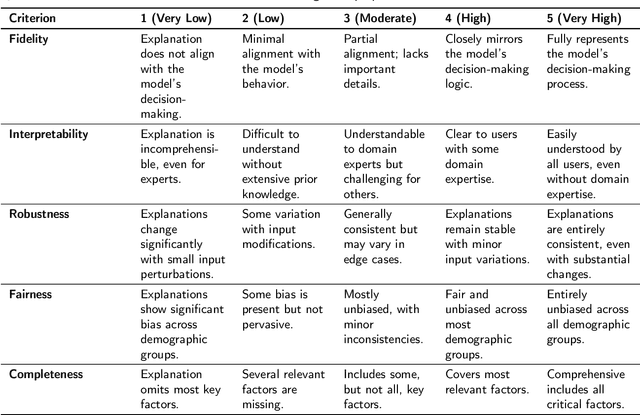
Abstract:The rapid advancement of deep learning has resulted in substantial advancements in AI-driven applications; however, the "black box" characteristic of these models frequently constrains their interpretability, transparency, and reliability. Explainable artificial intelligence (XAI) seeks to elucidate AI decision-making processes, guaranteeing that explanations faithfully represent the model's rationale and correspond with human comprehension. Despite comprehensive research in XAI, a significant gap persists in standardized procedures for assessing the efficacy and transparency of XAI techniques across many real-world applications. This study presents a unified XAI evaluation framework incorporating extensive quantitative and qualitative criteria to systematically evaluate the correctness, interpretability, robustness, fairness, and completeness of explanations generated by AI models. The framework prioritizes user-centric and domain-specific adaptations, hence improving the usability and reliability of AI models in essential domains. To address deficiencies in existing evaluation processes, we suggest defined benchmarks and a systematic evaluation pipeline that includes data loading, explanation development, and thorough method assessment. The suggested framework's relevance and variety are evidenced by case studies in healthcare, finance, agriculture, and autonomous systems. These provide a solid basis for the equitable and dependable assessment of XAI methodologies. This paradigm enhances XAI research by offering a systematic, flexible, and pragmatic method to guarantee transparency and accountability in AI systems across many real-world contexts.
Distributed Ledger Technology based Integrated Healthcare Solution for Bangladesh
May 30, 2022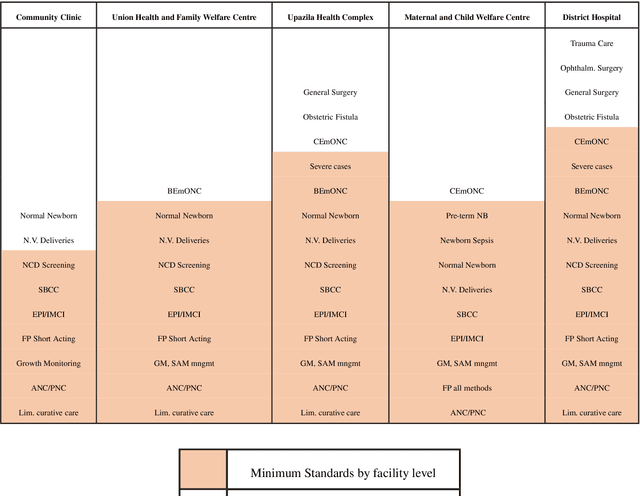
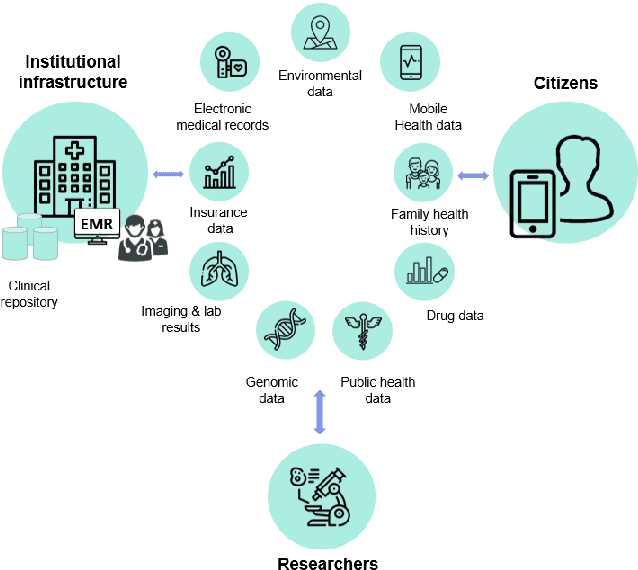
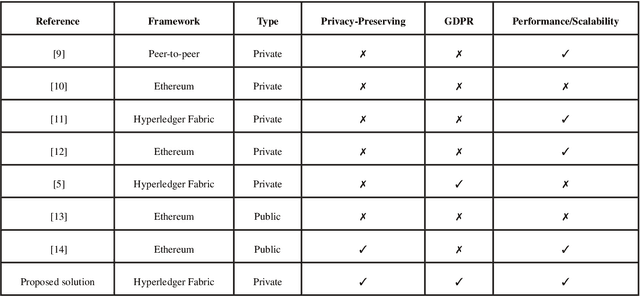
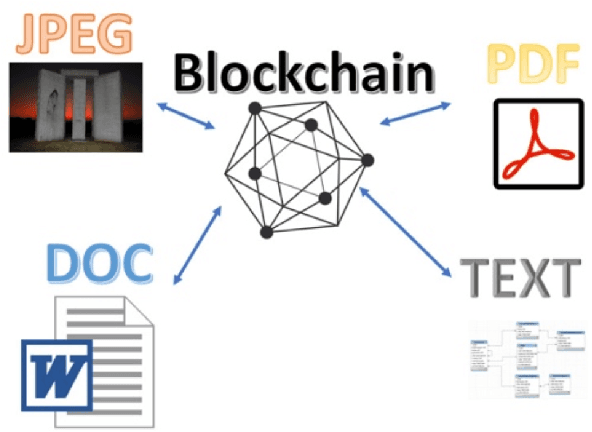
Abstract:Healthcare data is sensitive and requires great protection. Encrypted electronic health records (EHRs) contain personal and sensitive data such as names and addresses. Having access to patient data benefits all of them. This paper proposes a blockchain-based distributed healthcare application platform for Bangladeshi public and private healthcare providers. Using data immutability and smart contracts, the suggested application framework allows users to create safe digital agreements for commerce or collaboration. Thus, all enterprises may securely collaborate using the same blockchain network, gaining data openness and read/write capacity. The proposed application consists of various application interfaces for various system users. For data integrity, privacy, permission and service availability, the proposed solution leverages Hyperledger fabric and Blockchain as a Service. Everyone will also have their own profile in the portal. A unique identity for each person and the installation of digital information centres across the country have greatly eased the process. It will collect systematic health data from each person which will be beneficial for research institutes and health-related organisations. A national data warehouse in Bangladesh is feasible for this application and It is also possible to keep a clean health sector by analysing data stored in this warehouse and conducting various purification algorithms using technologies like Data Science. Given that Bangladesh has both public and private health care, a straightforward digital strategy for all organisations is essential.
Lagrangian Reachtubes: The Next Generation
Dec 14, 2020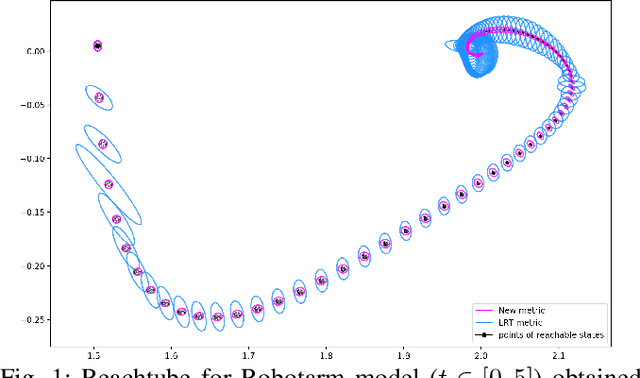
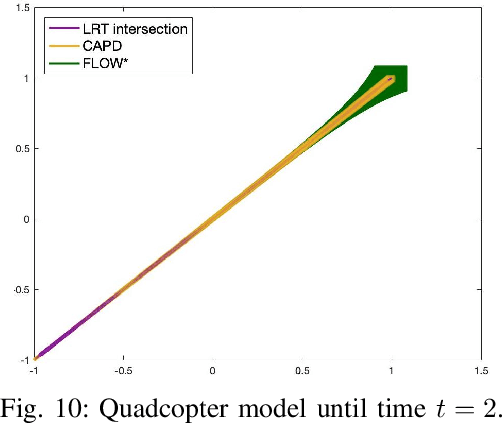
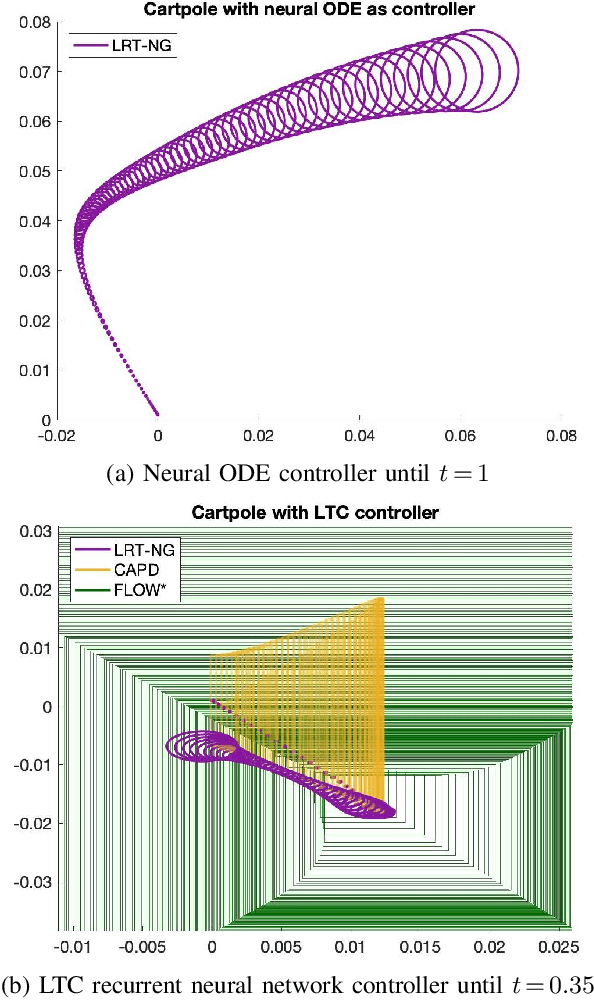
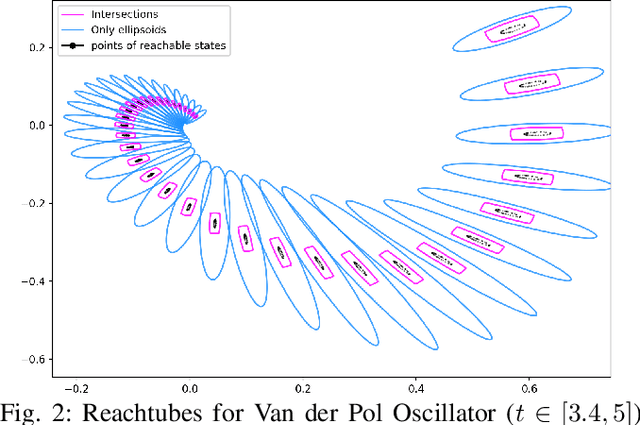
Abstract:We introduce LRT-NG, a set of techniques and an associated toolset that computes a reachtube (an over-approximation of the set of reachable states over a given time horizon) of a nonlinear dynamical system. LRT-NG significantly advances the state-of-the-art Langrangian Reachability and its associated tool LRT. From a theoretical perspective, LRT-NG is superior to LRT in three ways. First, it uses for the first time an analytically computed metric for the propagated ball which is proven to minimize the ball's volume. We emphasize that the metric computation is the centerpiece of all bloating-based techniques. Secondly, it computes the next reachset as the intersection of two balls: one based on the Cartesian metric and the other on the new metric. While the two metrics were previously considered opposing approaches, their joint use considerably tightens the reachtubes. Thirdly, it avoids the "wrapping effect" associated with the validated integration of the center of the reachset, by optimally absorbing the interval approximation in the radius of the next ball. From a tool-development perspective, LRT-NG is superior to LRT in two ways. First, it is a standalone tool that no longer relies on CAPD. This required the implementation of the Lohner method and a Runge-Kutta time-propagation method. Secondly, it has an improved interface, allowing the input model and initial conditions to be provided as external input files. Our experiments on a comprehensive set of benchmarks, including two Neural ODEs, demonstrates LRT-NG's superior performance compared to LRT, CAPD, and Flow*.
 Add to Chrome
Add to Chrome Add to Firefox
Add to Firefox Add to Edge
Add to Edge